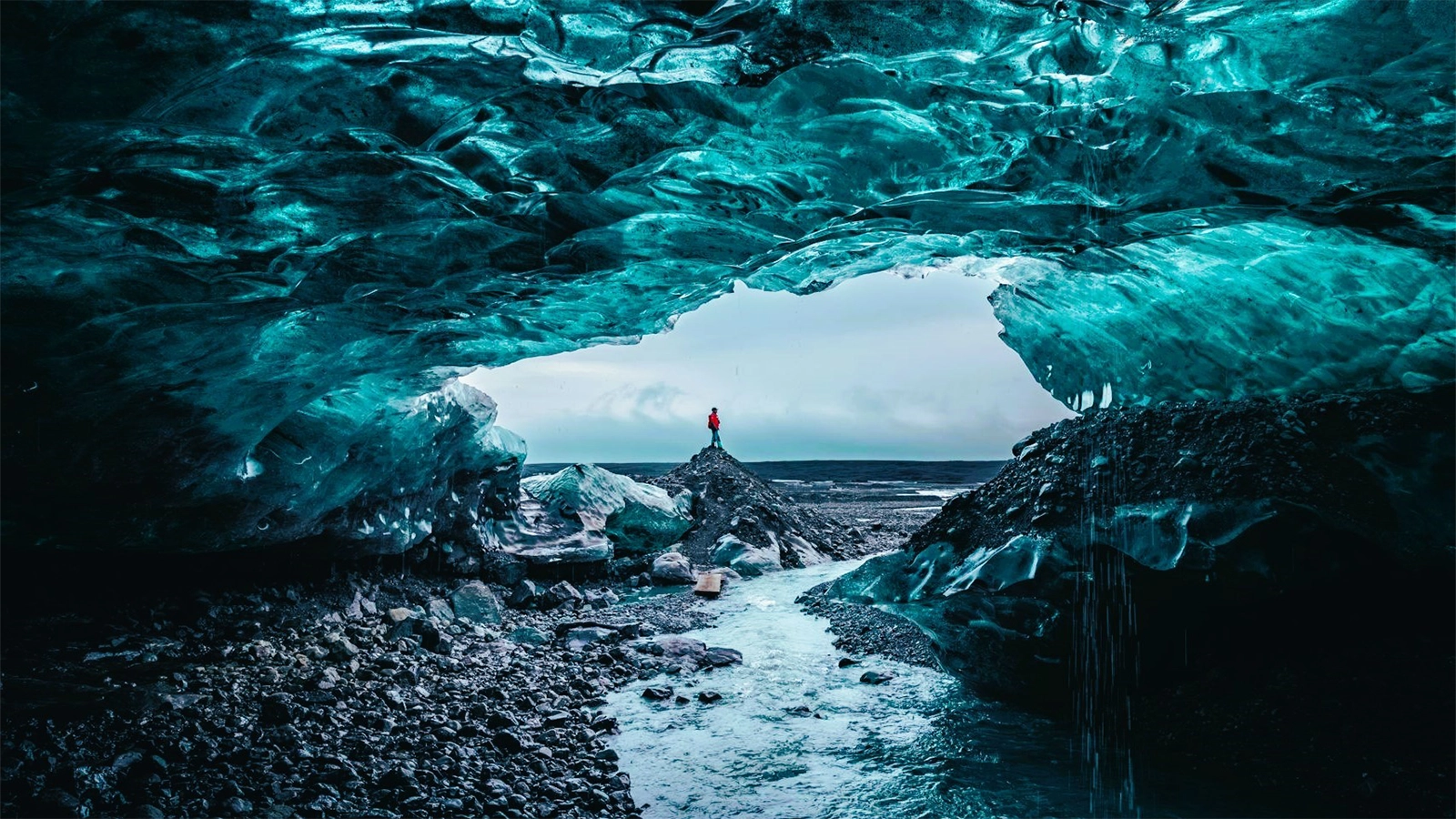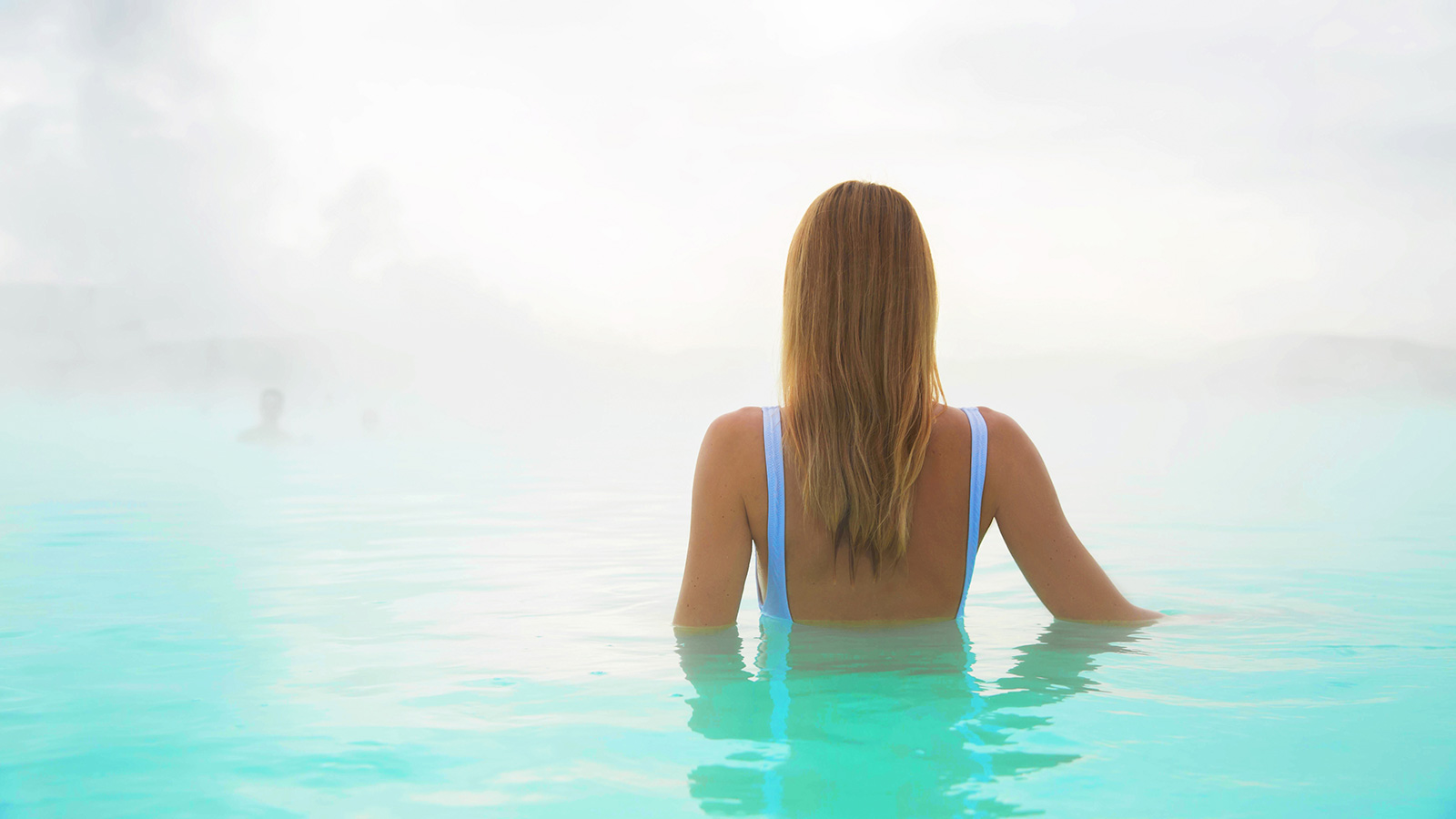Iceland in winter is a truly magical winter destination, which offers stunning landscapes and unique experiences.
Winter transforms Iceland into a dreamlike scenery, where snow blankets mountains, waterfalls, and lava fields, creating an almost surreal landscape. From the magic of the Northern Lights dancing in the sky to the frozen beauty of lakes and rivers, every corner of the country offers breathtaking views.
Temperatures in Iceland vary depending on the region and season. Thanks to the Gulf Stream, winters are milder than in other locations at similar latitudes.
Iceland takes on a different charm during winter. Life moves indoors, and every home or bar becomes a warm and inviting retreat.
In Reykjavík, temperatures don’t tend to drop much below zero between November and March. Even if there are exceptions, we might expect temperatures between -1°C and 4°C (30°F to 39°F). The capital typically receives an average snowfall of 17 to 23 centimeters (6.7 to 9 inches) per month, based on data from the official Met Office.
Outside Reykjavík, conditions are harsher and colder, depending on the height and winds.
Iceland in winter has many attractions, such as the following:
The Beauty of the Northern Lights
One of the main attractions of Iceland in winter is the mesmerizing Northern Lights. These dancing lights in the sky create an unforgettable experience, painting the night with vibrant colors.
Tip: To increase your chances of witnessing the aurora borealis, move away from city lights and seek out areas with minimal light pollution. Opt for clear nights and check the aurora forecast to find the best viewing times.
At EastWest, we offer daily Northern Lights tours with knowledgeable local guides who are experienced in tracking these elusive lights. Join us for a guided adventure to some of the best spots for aurora viewing, enhancing your chances of experiencing this natural wonder in all its glory.
Glaciers and Ice Caves
Winter offers the perfect opportunity to visit amazing ice caves and trek on the glaciers.
Ice Caves: These unique formations are created by ice melting and refreezing, altering their shape every year. Inside, the blue glow creates a magical atmosphere, with each trip offering a distinct experience. It’s crucial to join guided tours for a safe exploration of these ever-changing and potentially risky environments, where knowledgeable guides can lead you along the safest paths.
Glacier Hiking: Glaciers glisten under the soft winter sun. With crampons and experienced guides, you can enjoy an exciting hike on Iceland’s glaciers. This journey enables you to admire the stunning icy landscapes and get close to crevasses, ice structures, and stunning panoramic views. Guided glacier hikes ensure your safety while providing valuable insights into how glaciers form and the impact of climate change on these magnificent natural sights. Glaciers in Iceland can be explored on foot or also by snowmobile.
Stunning Winter Landscapes
In winter, Iceland transforms into a paradise with snow-covered landscapes, frozen waterfalls, and crystallized lakes.
Waterfalls: Visit waterfalls like Gullfoss, Seljalandsfoss and Skógafoss, which become even more impressive in winter.
Thingvellir National Park: a UNESCO World Heritage site, is an incredible place to visit throughout the year, but it gains a special charm in winter.
Black sand beaches: Where the sand contrasts sharply against the white foam of the Atlantic waves.
Jökulsárlón Glacier Lagoon: You can see icebergs float in crystal-clear waters, offering one of the most spectacular sights in the world.
In addition to all this, outdoor hot springs are a unique experience in Icelandic winter. Imagine relaxing in warm waters while snow falls around you. We highly recommend you visit our post about some of the top hot springs lagoons in Iceland.



